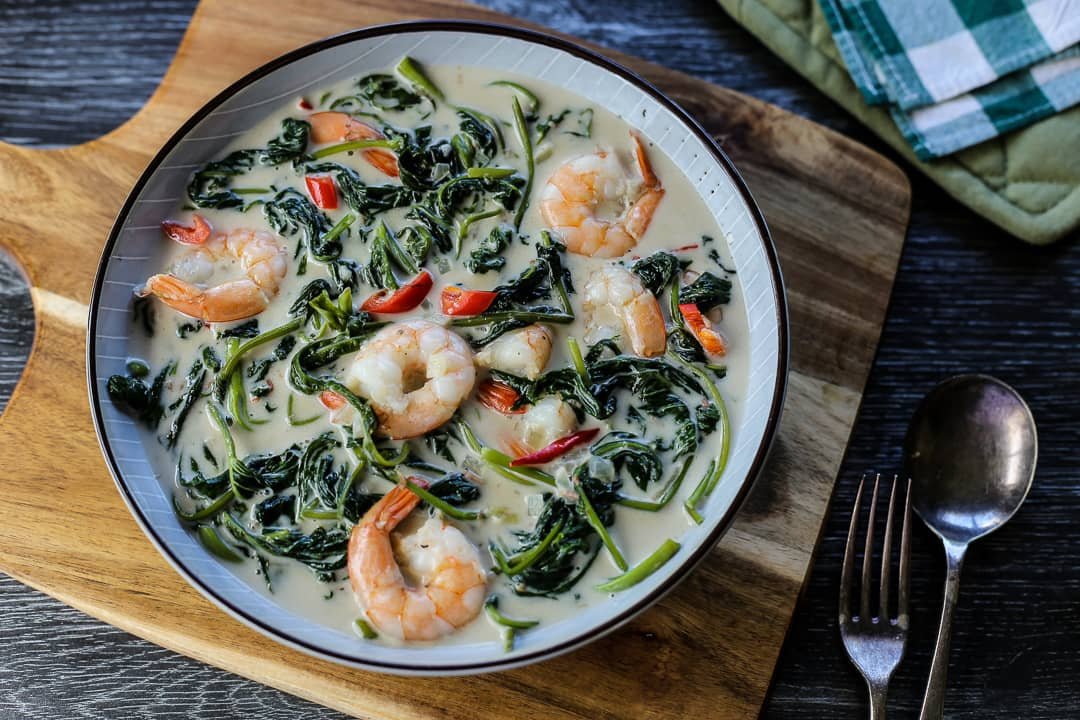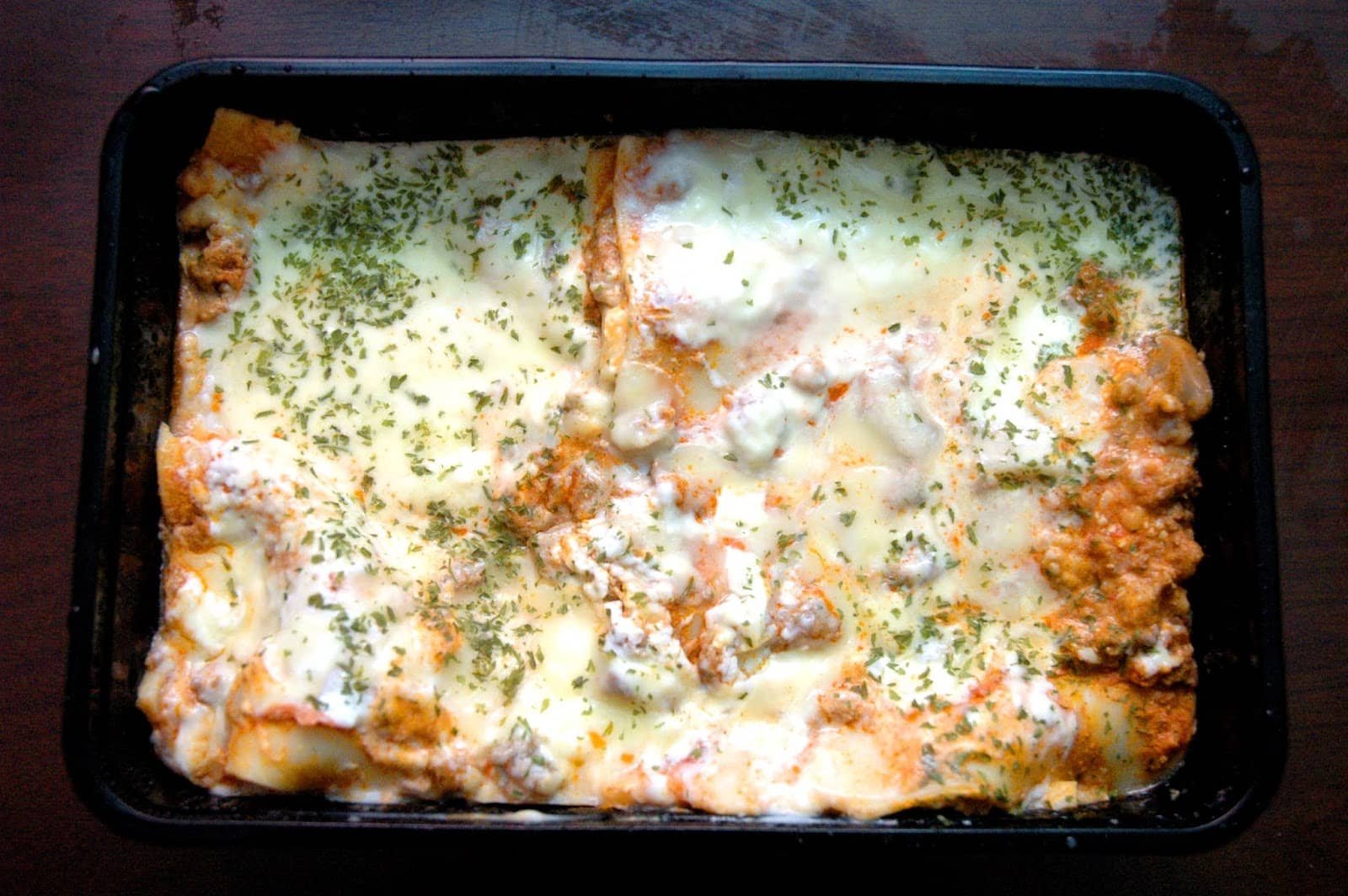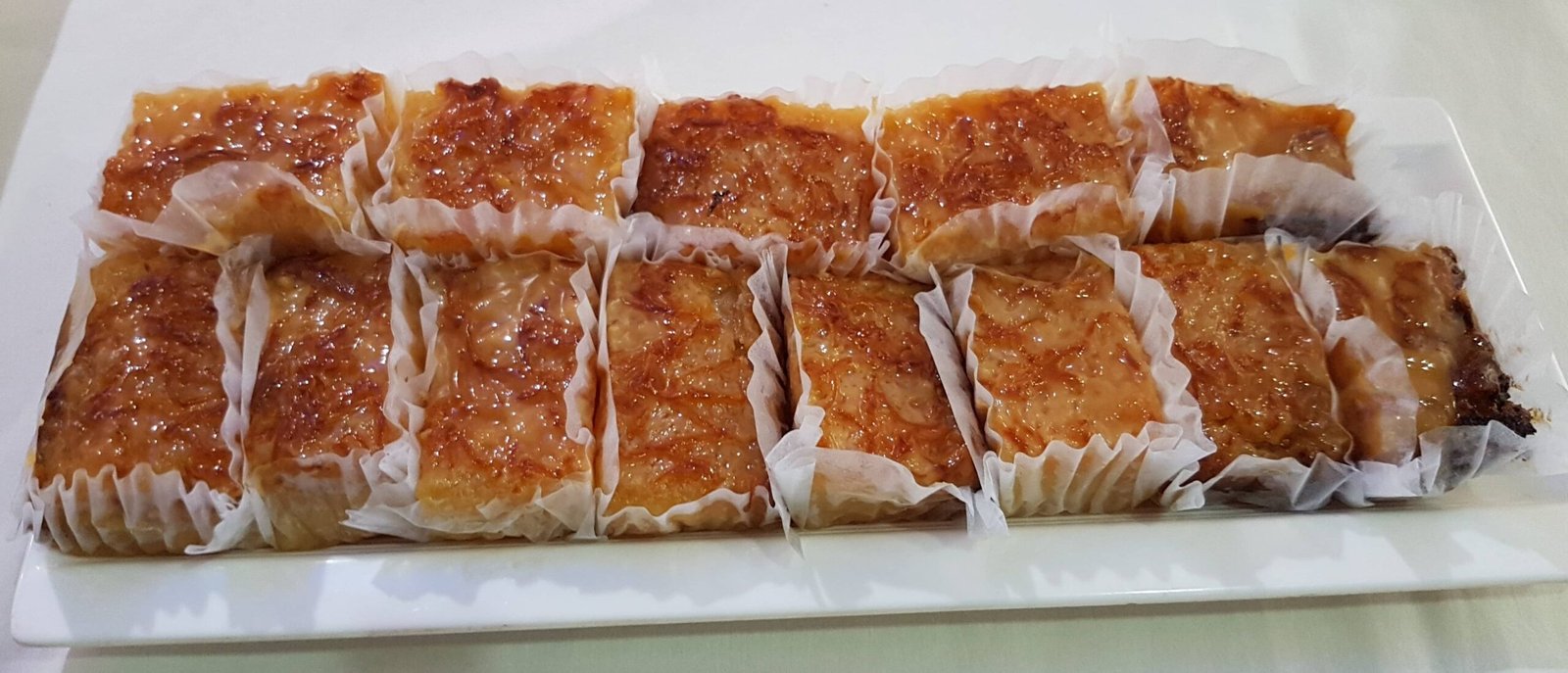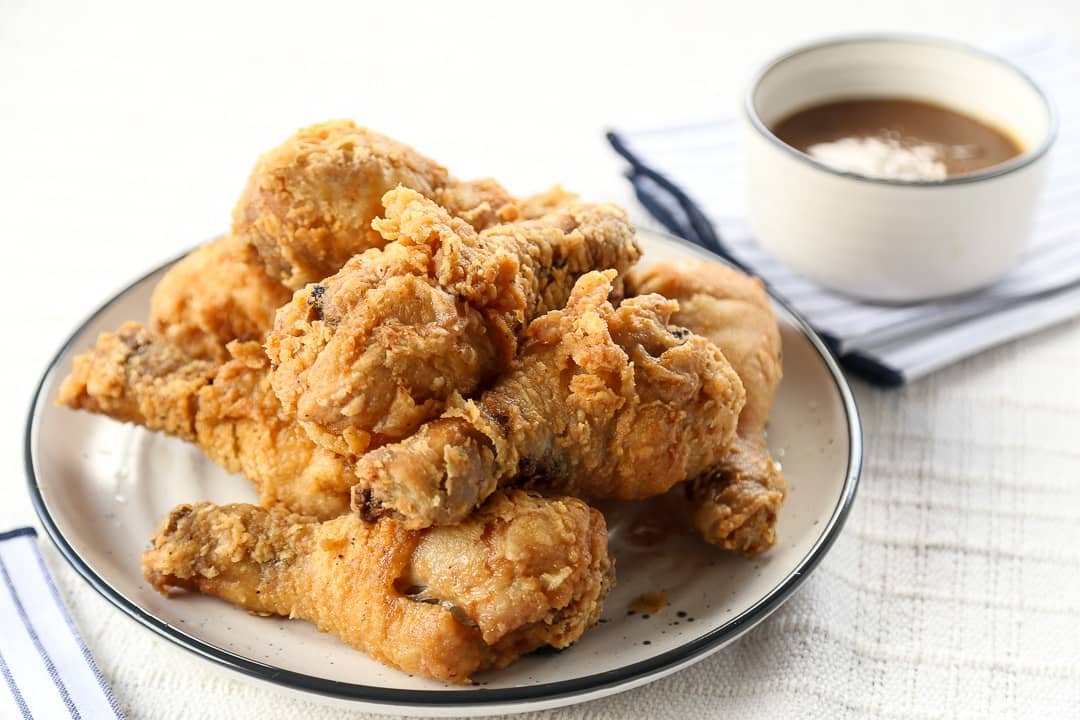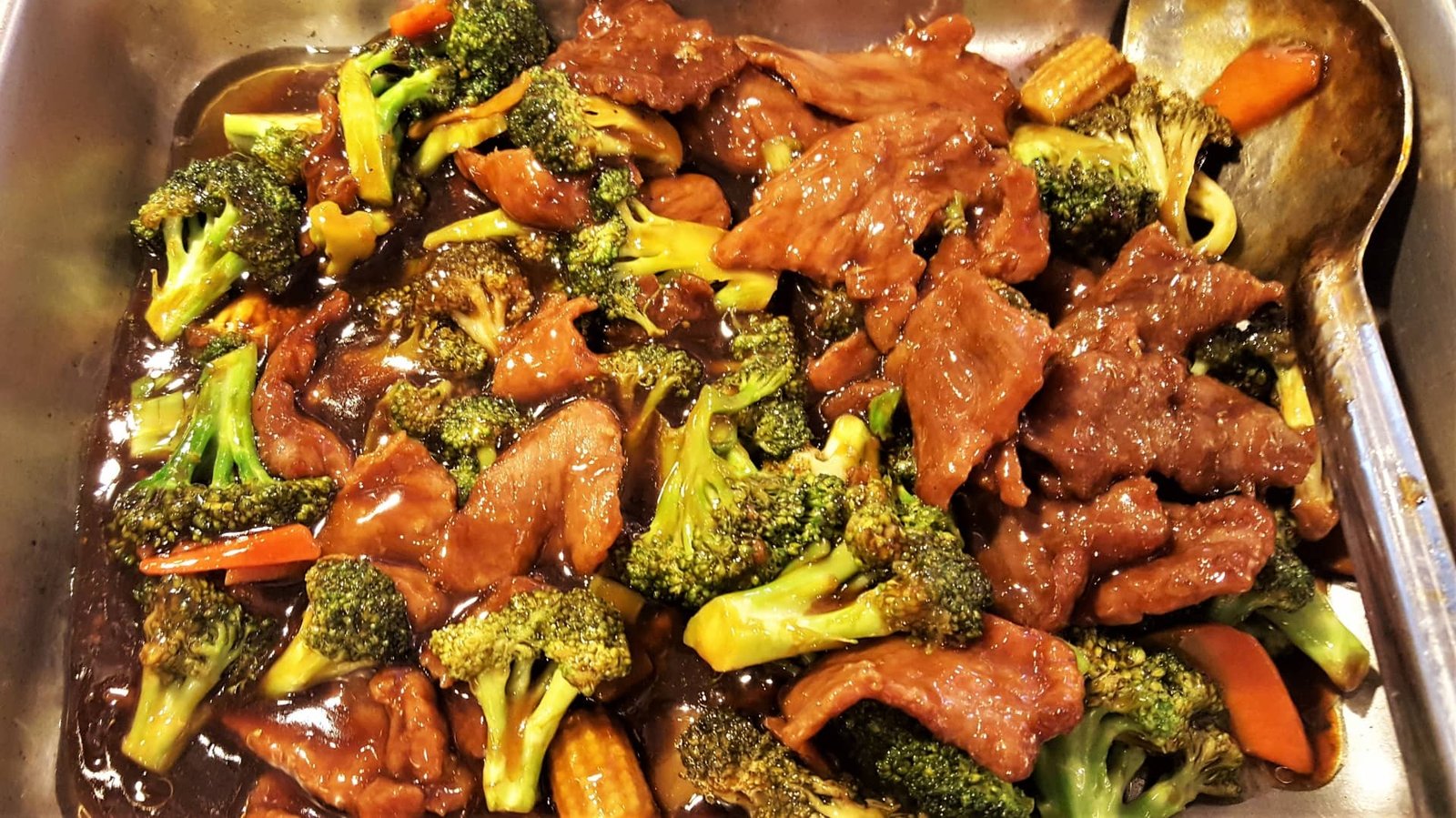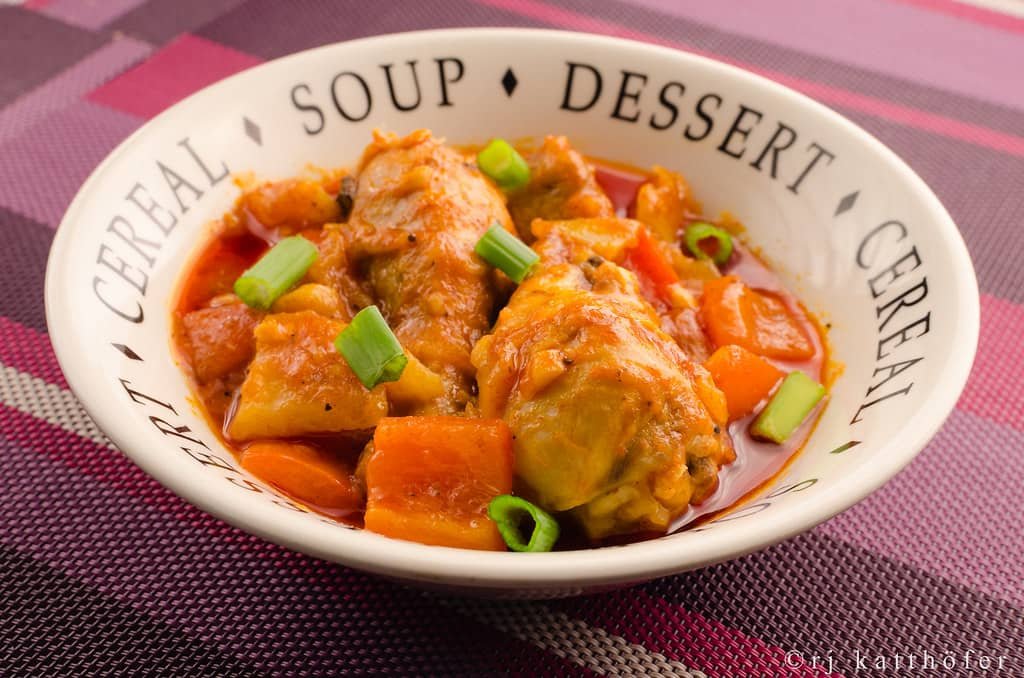Pinipig is sticky or glutinous rice, harvested when the grains are still young, winnowed, toasted, and pounded until they become flat like oats. The maturity of the rice and how much the grains are toasted dictate the color of pinipig, which can either be green or pale brown. Aside from the obvious difference in color, the two varieties also differ in taste. Green pinipig has a subtle sweetness and creaminess that the more common pale brown variety doesn’t have, which by the way is readily available in most Asian stores.
In Vietnam, young green rice is called com. In Thailand, it is kao mow. Filipinos cook with pinipig in a number of ways. Very sticky kalamay is one of them.
Ginataang pinipig is another, which is a sweet stew of pinipig, sweet potatoes, and saba bananas slowly simmered in gata, or coconut milk, and sweetened with sugar
Ginataang Pinipig Recipe
Ingredients
- 2 cups coconut cream
- ¾ cup sugar
- 1 cup fresh green pinipig (pounded rice)
- ½ cup gabi (taro root) cubes
- 2 pieces medium sized kamote (sweet potatoes), cut into cubes and boiled till tender
- 3 pieces saba, cut into cubes
- ¼ cup langka strips
Instructions
- Combine coconut cream and sugar in a pot. Let boil, then add the fresh pinipig, the gabi, kamote, saba and langka strips.
- Let boil until the green pinipig is cooked.

